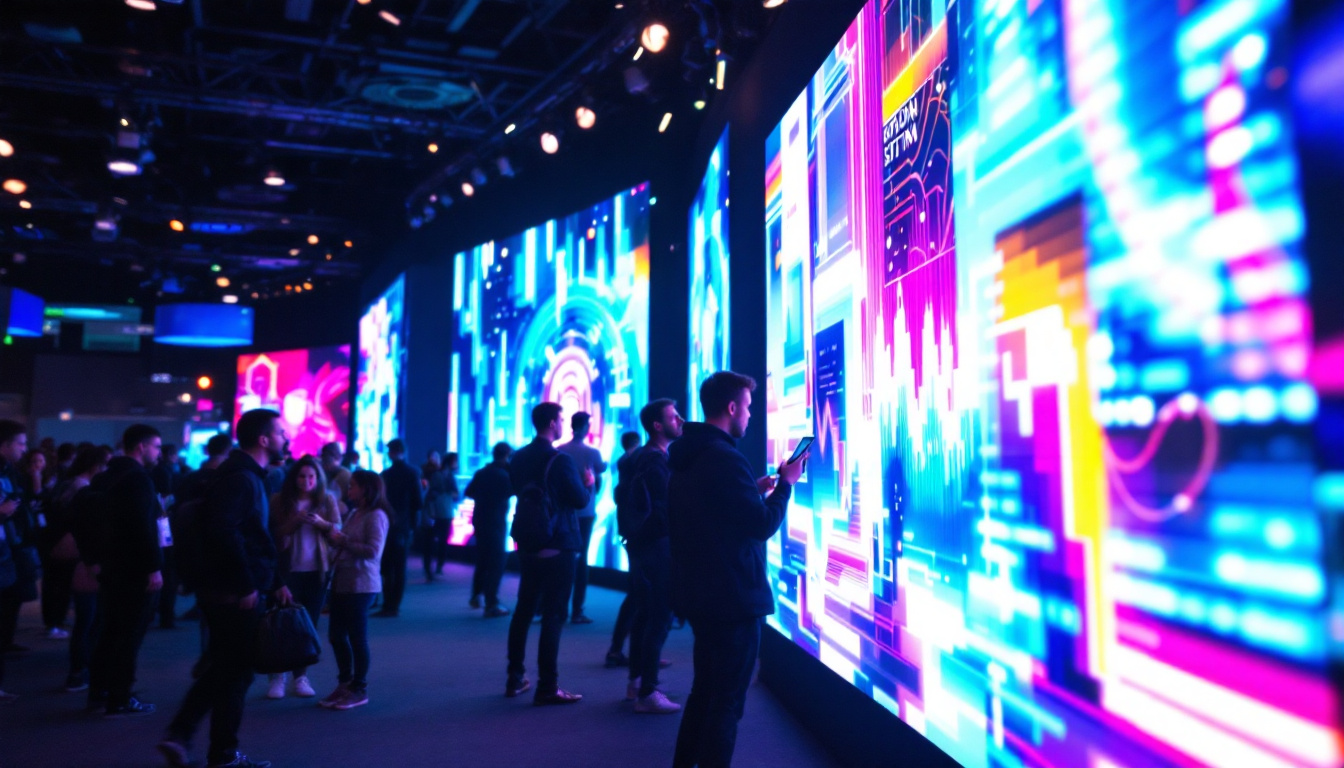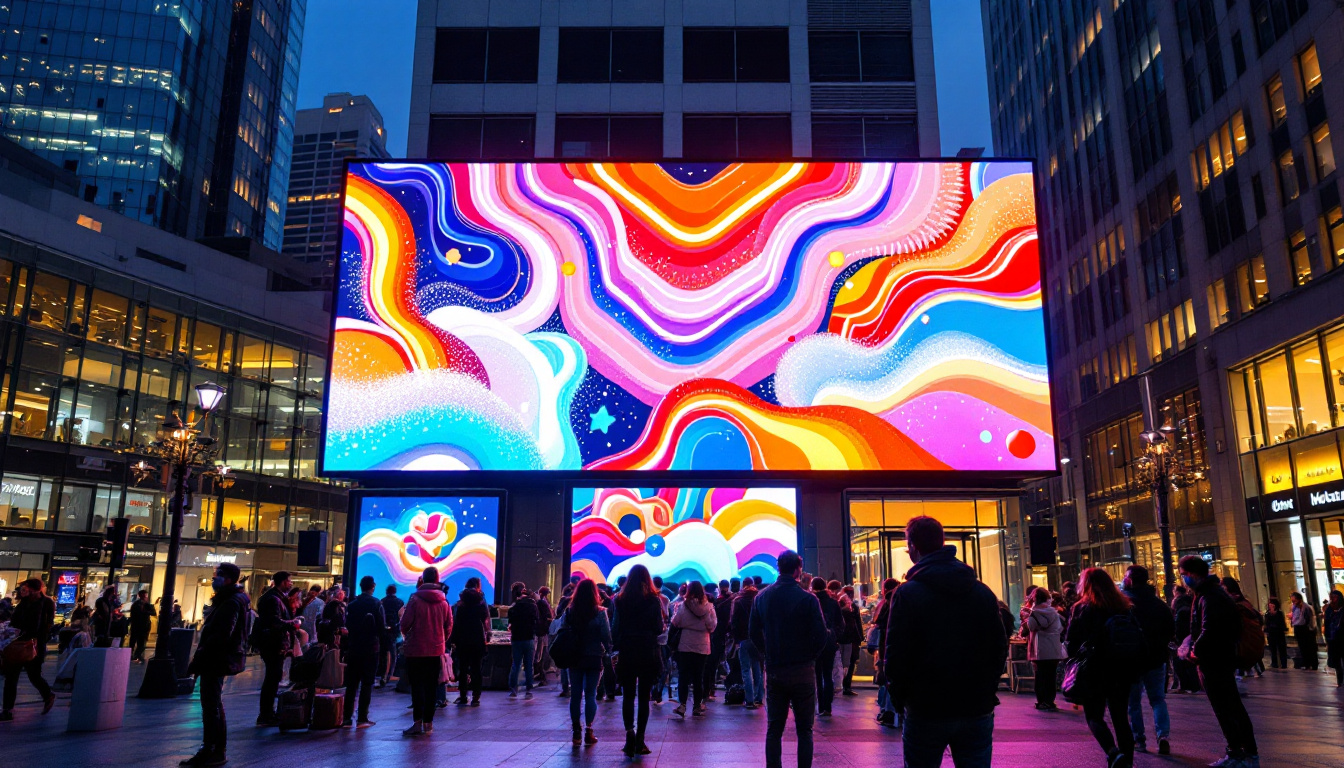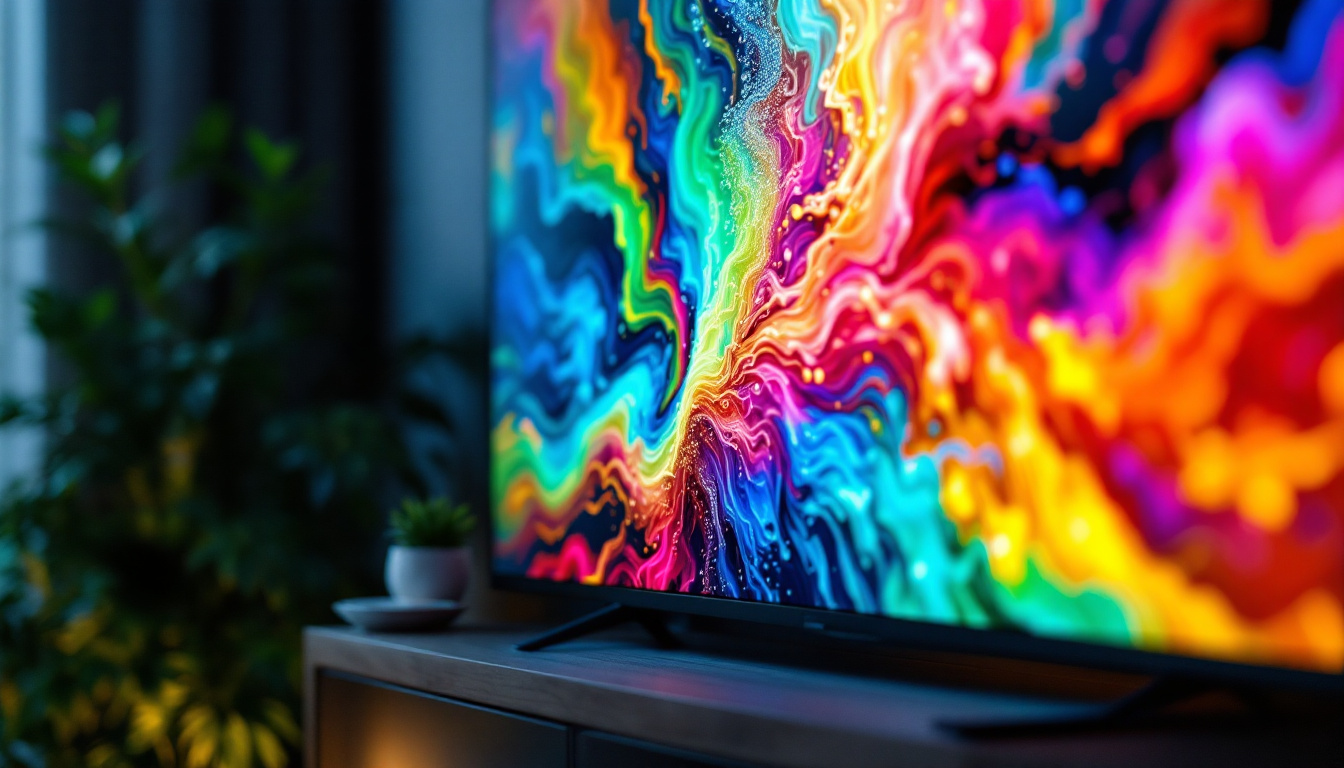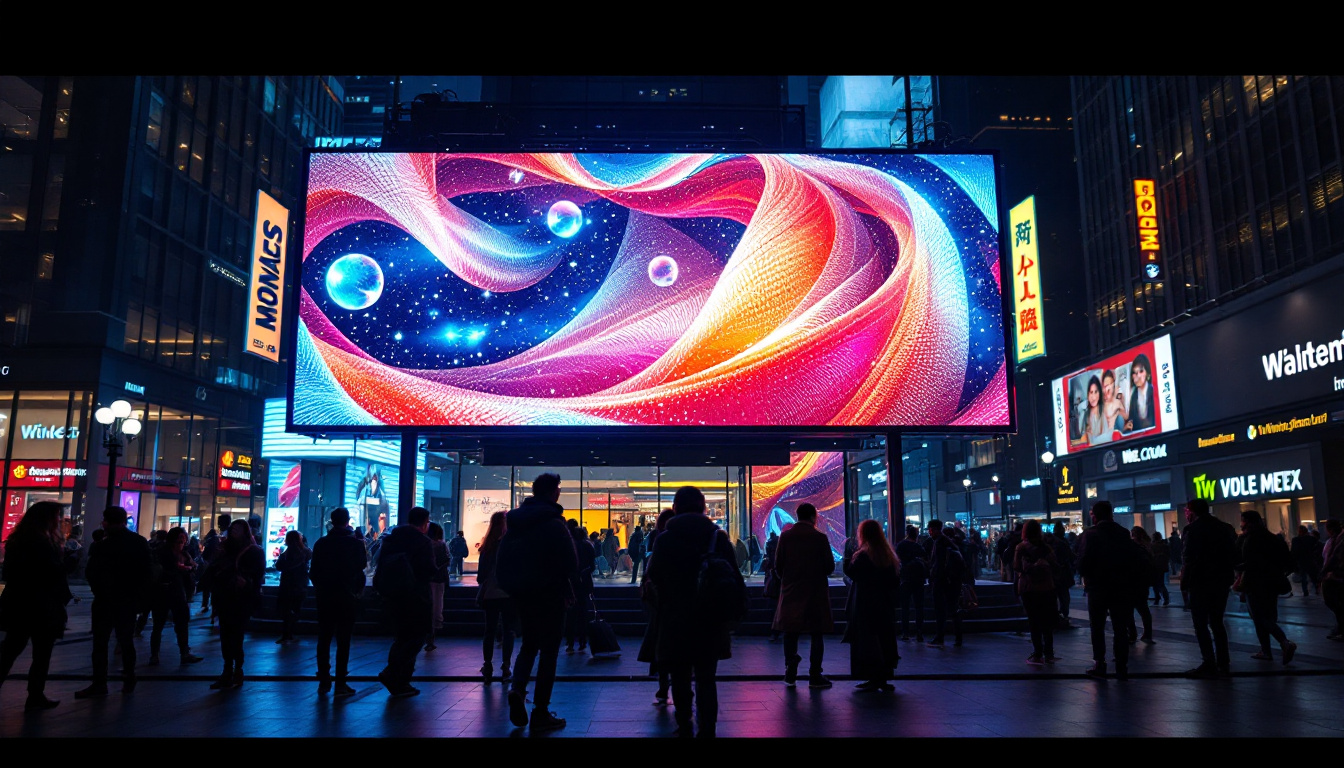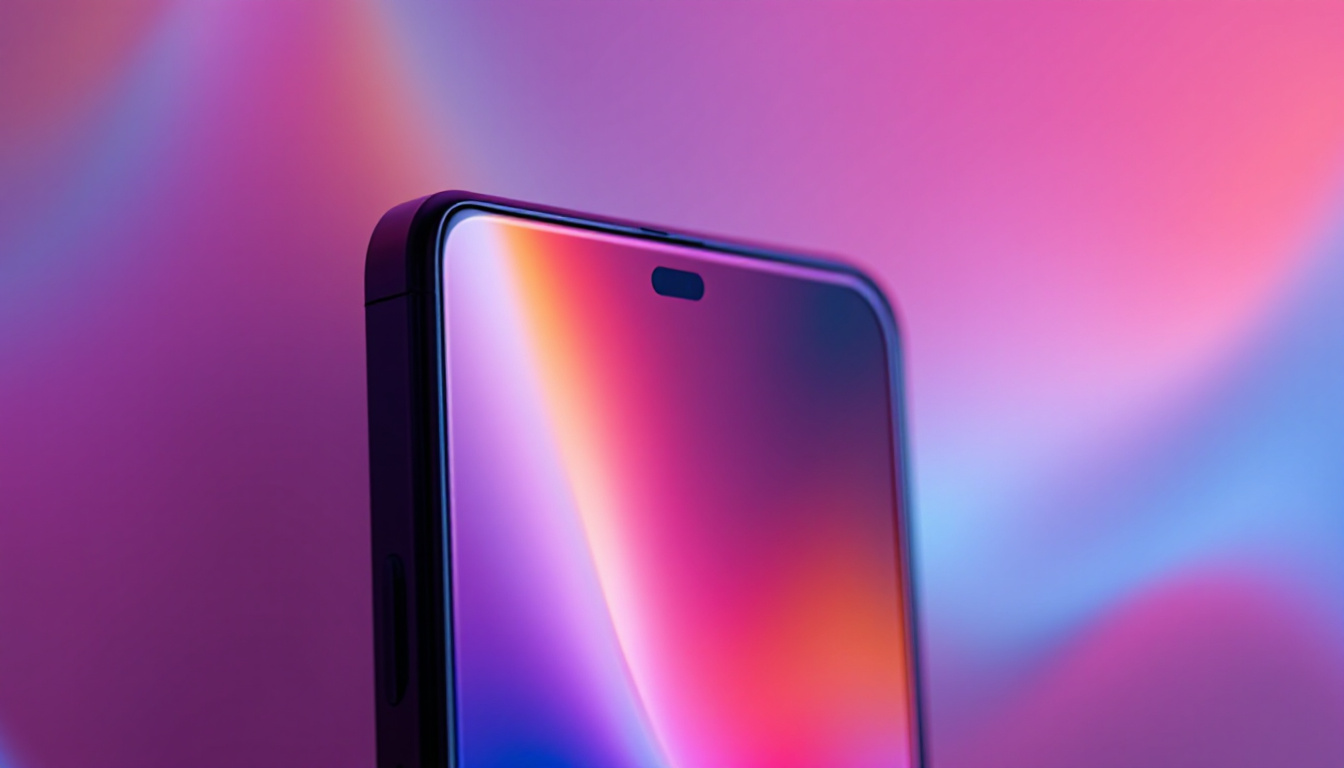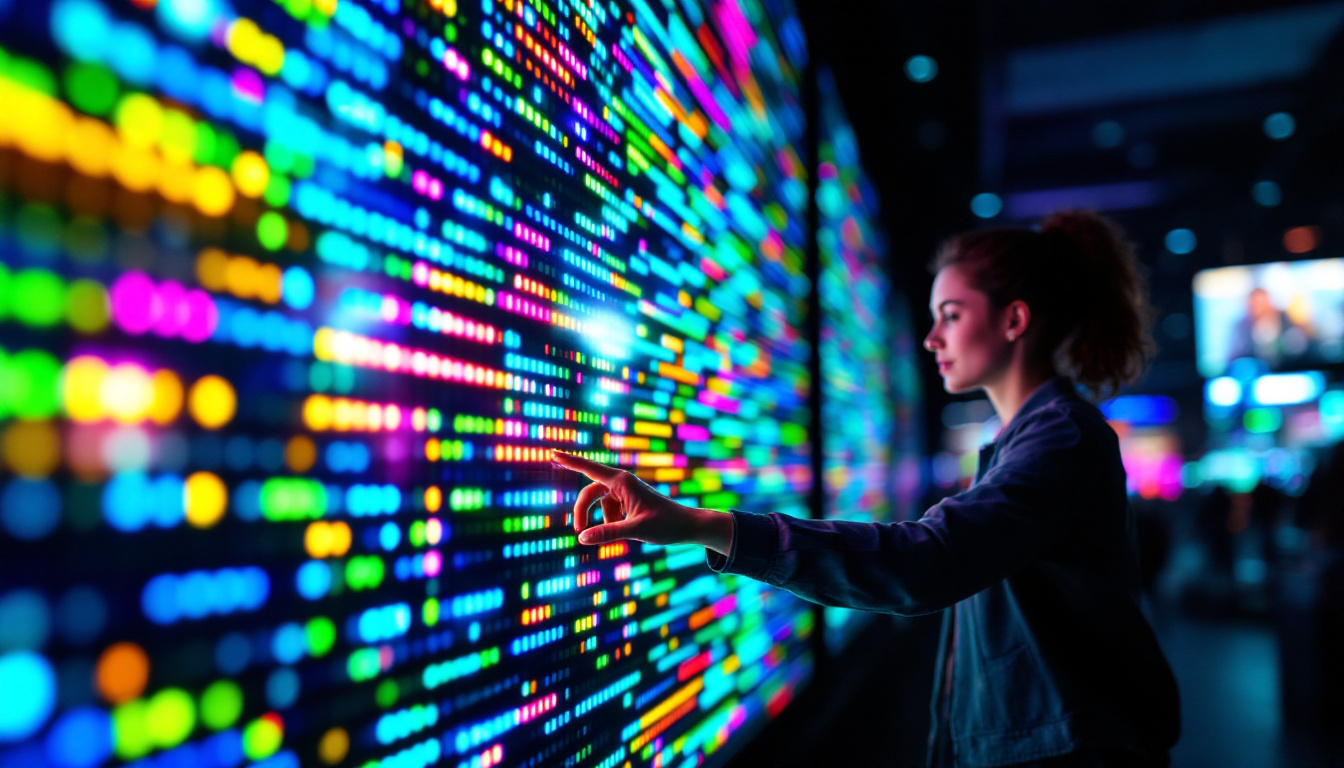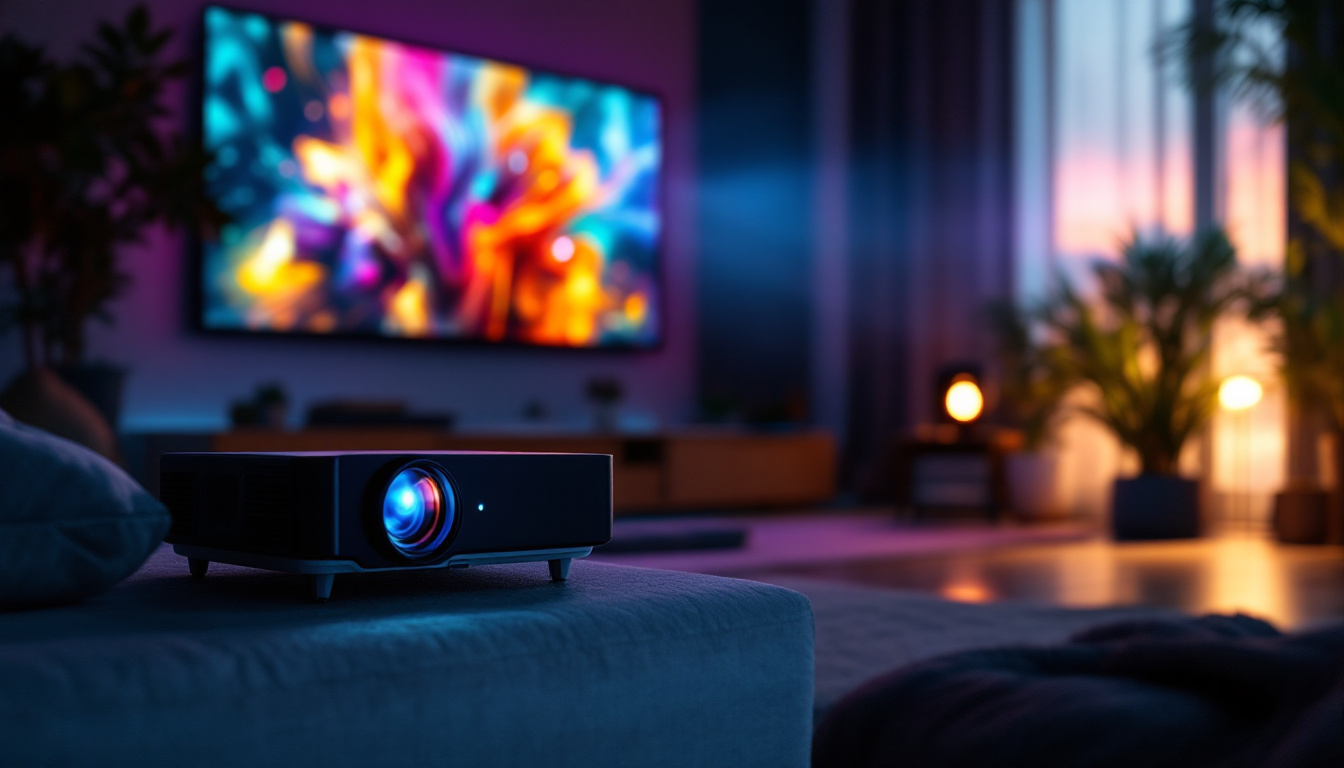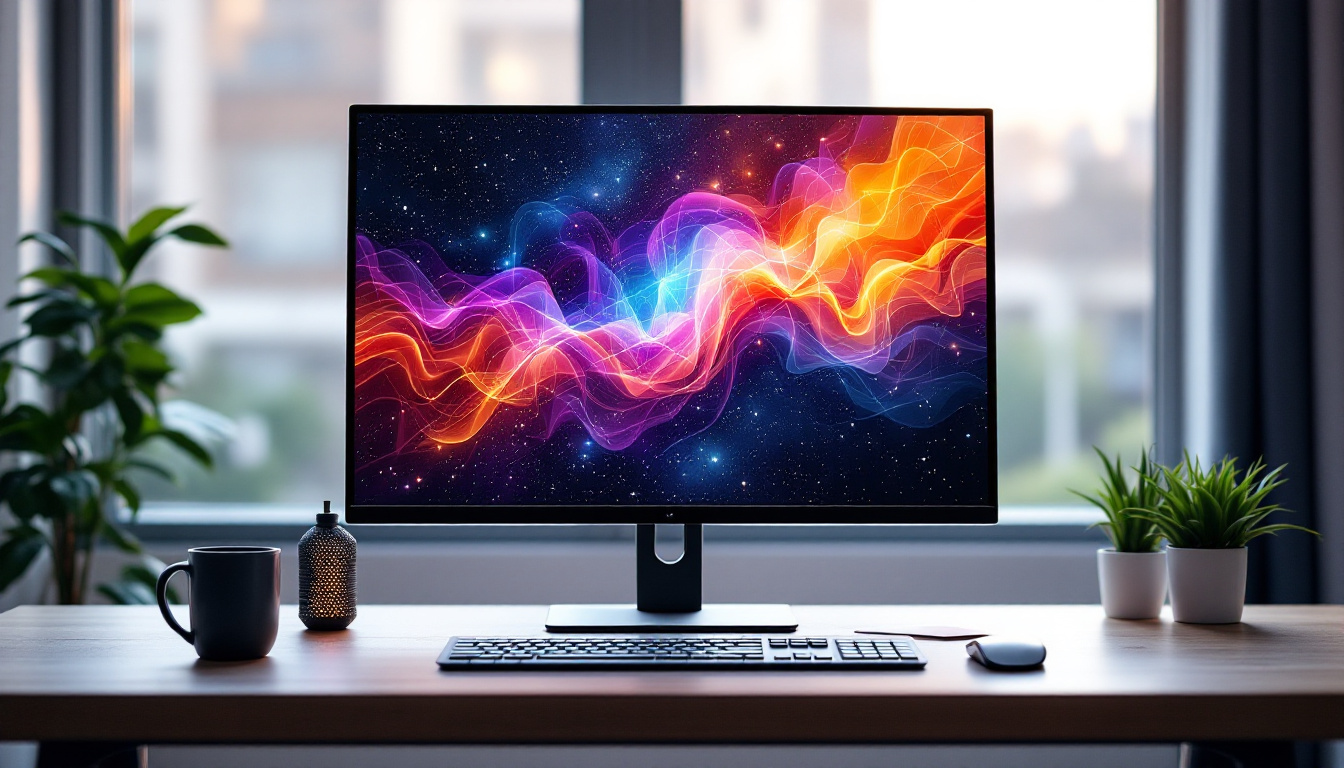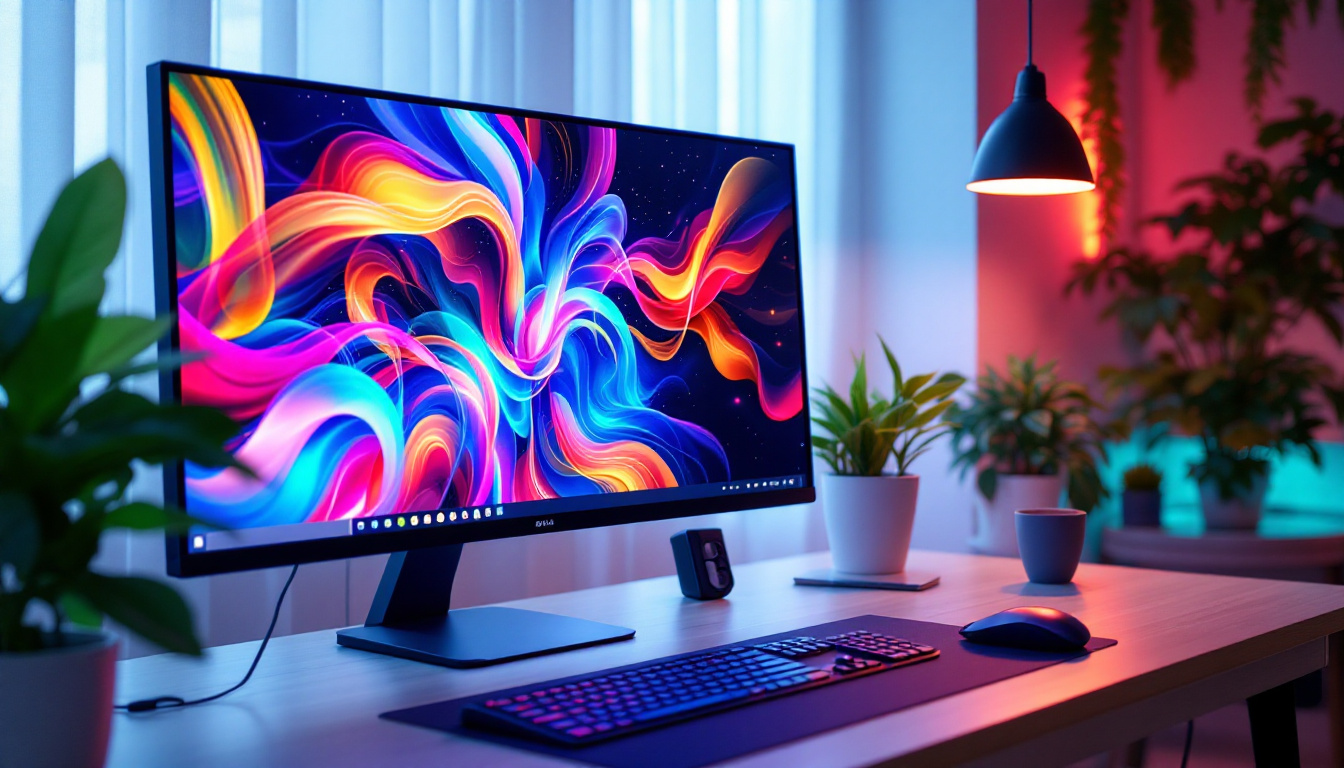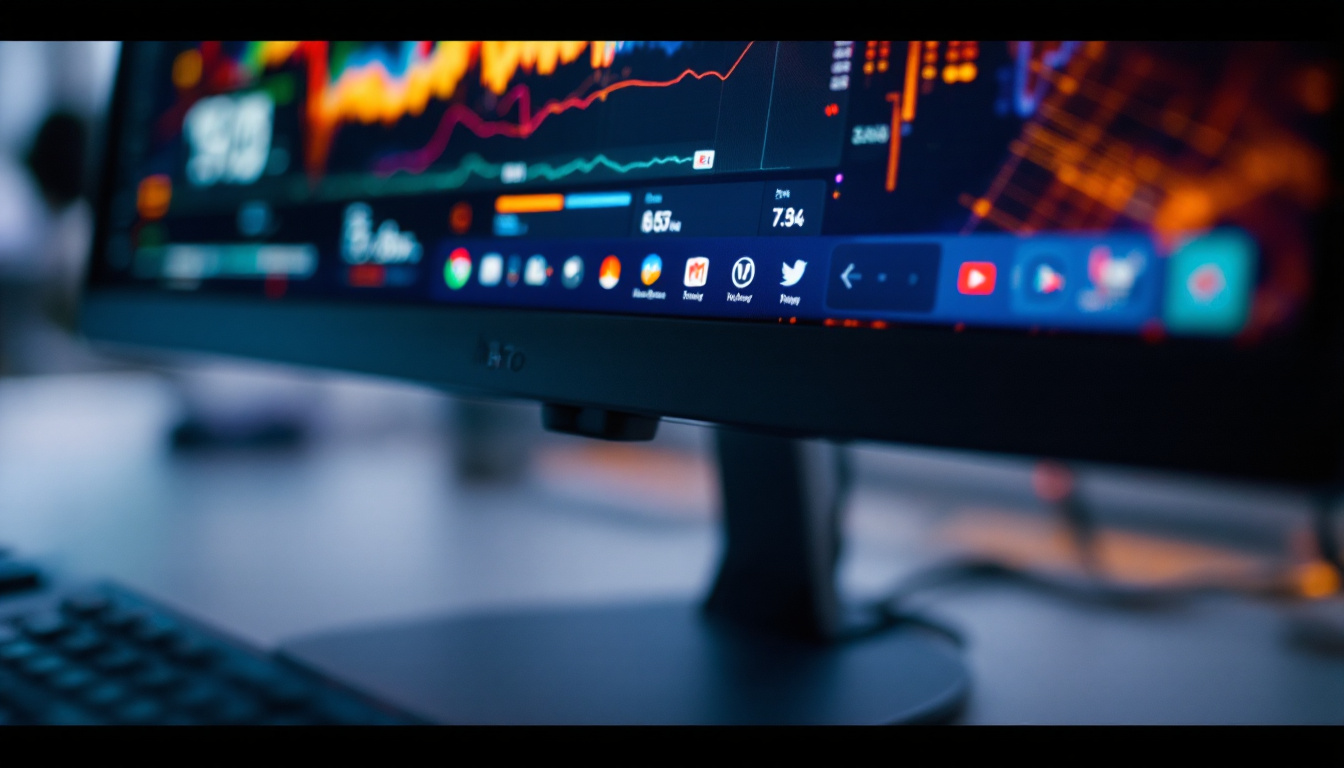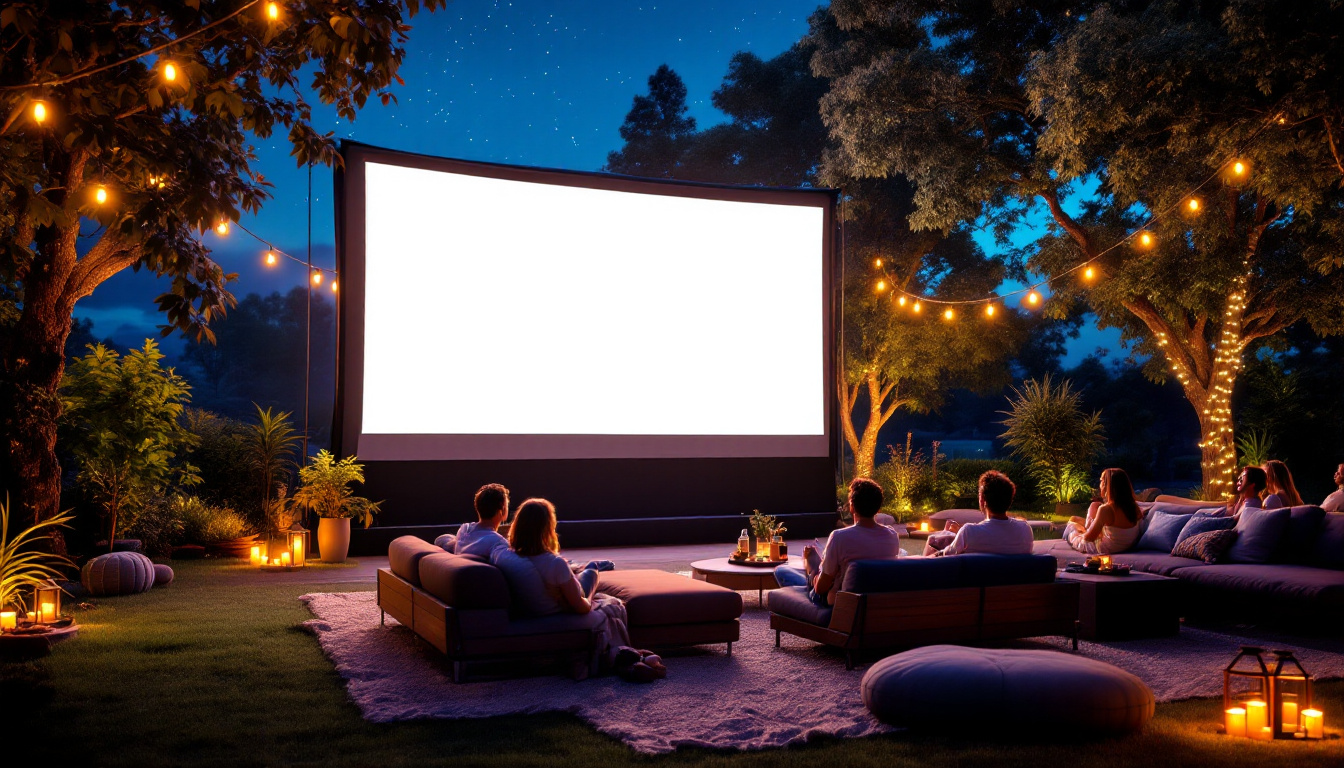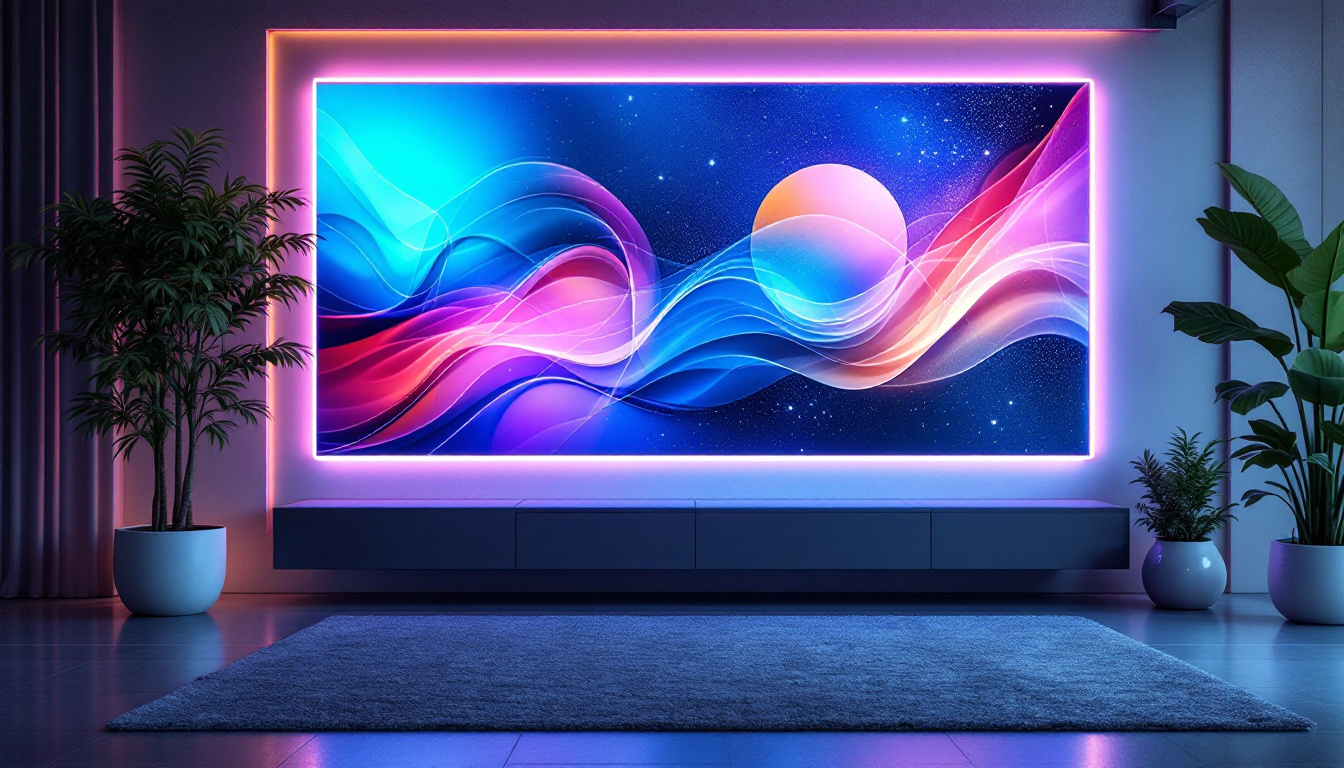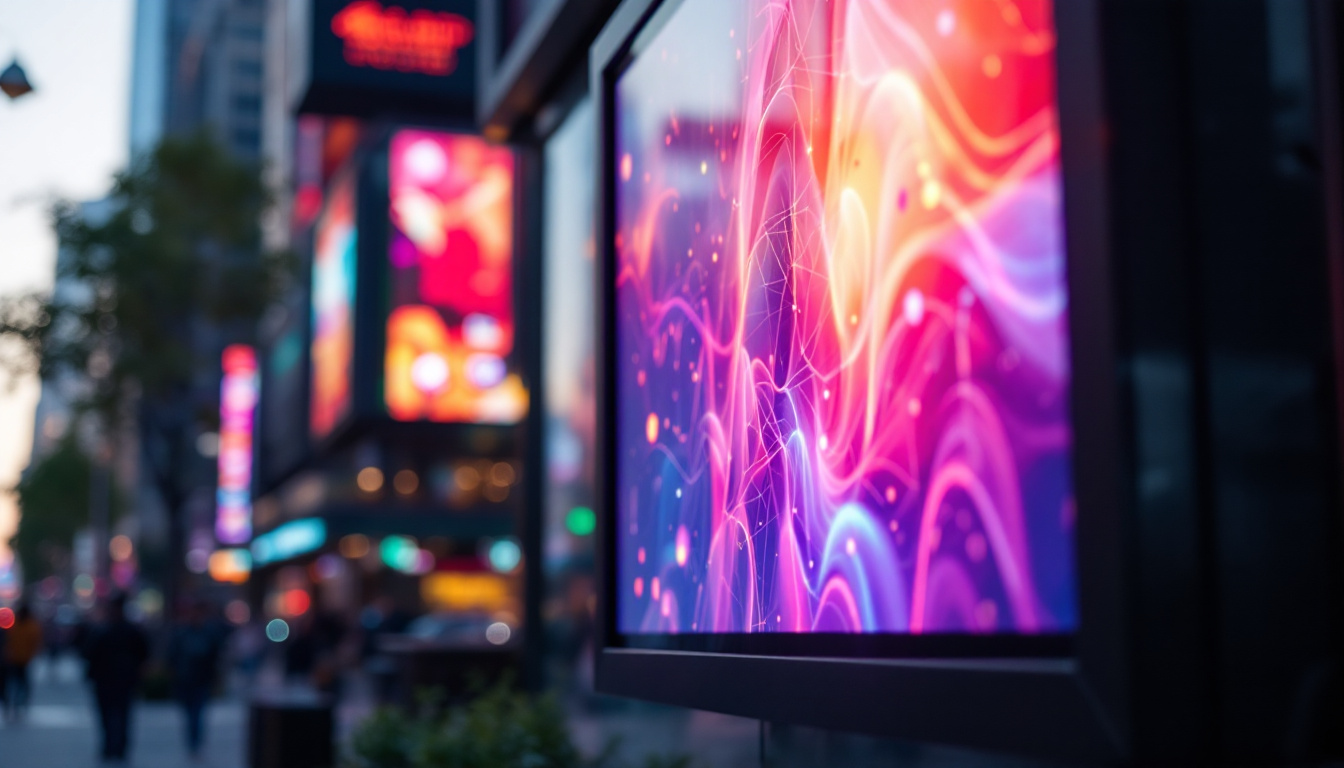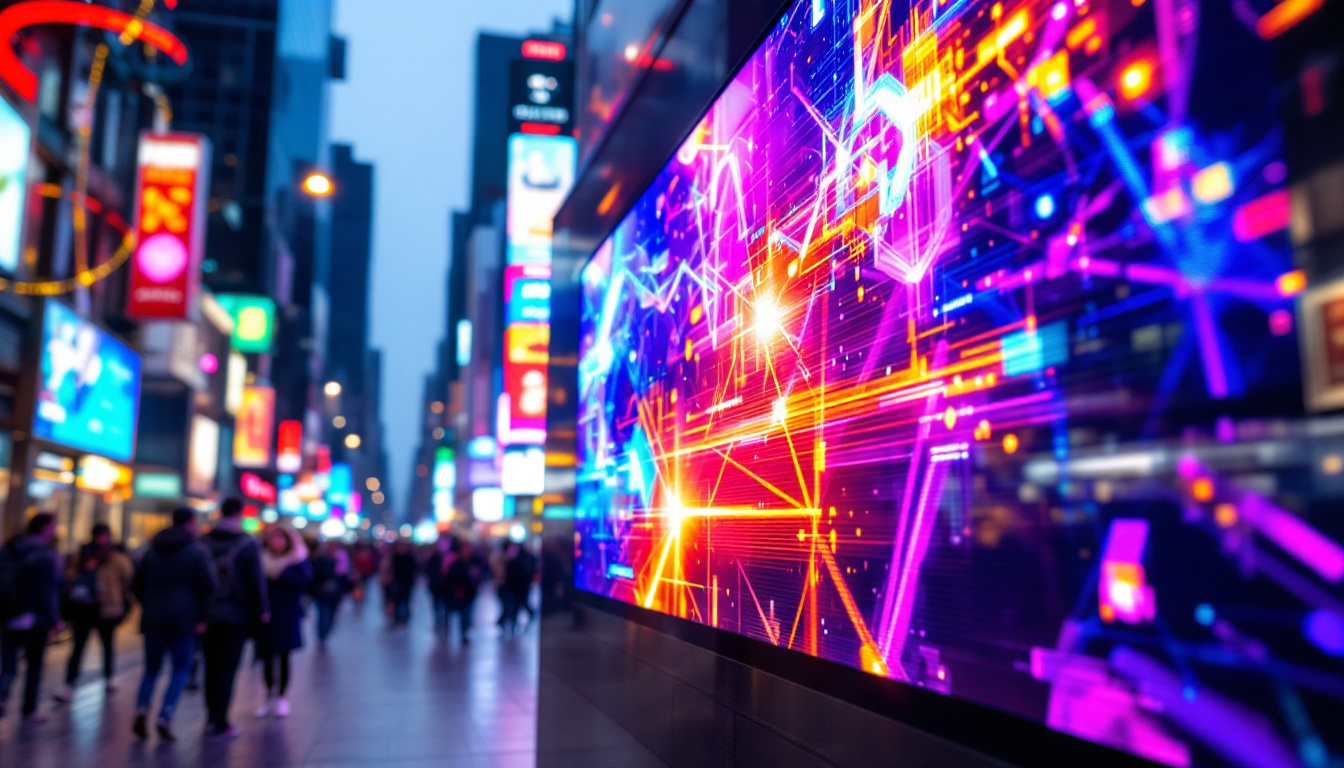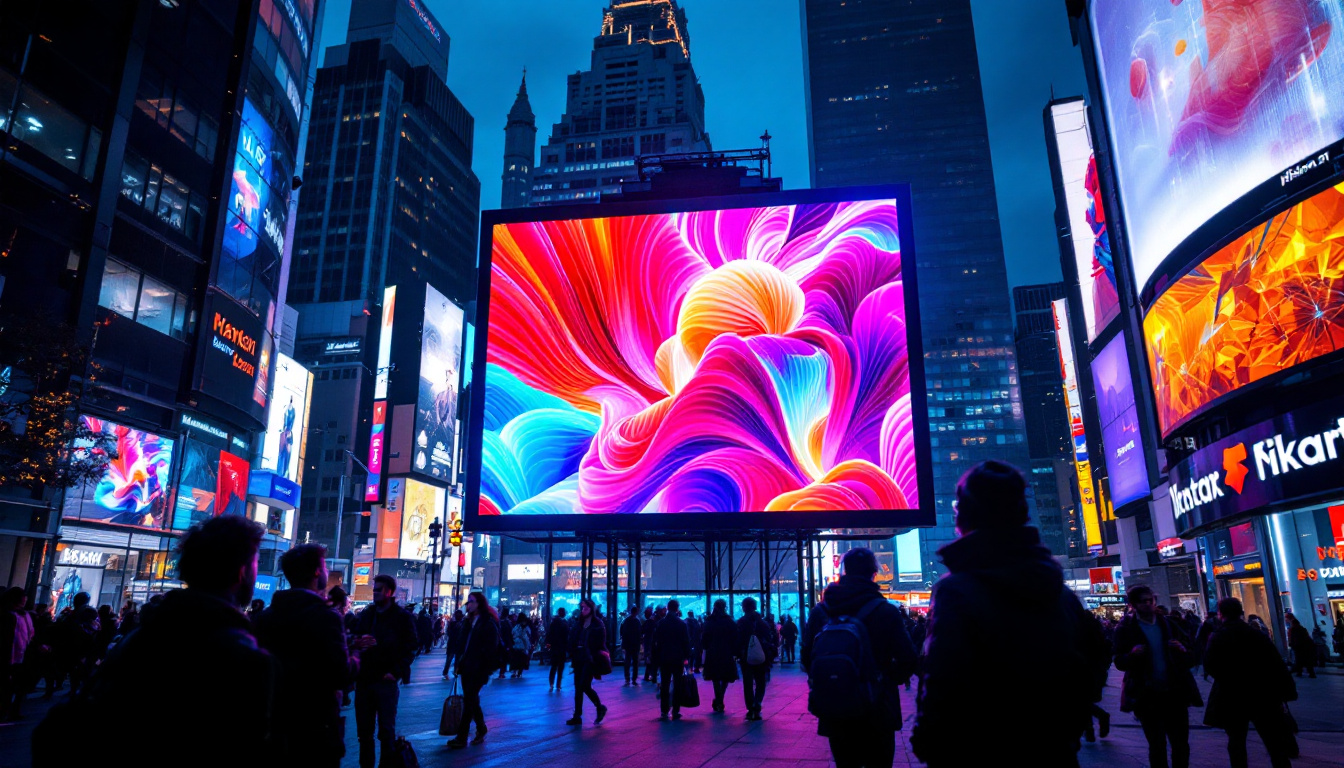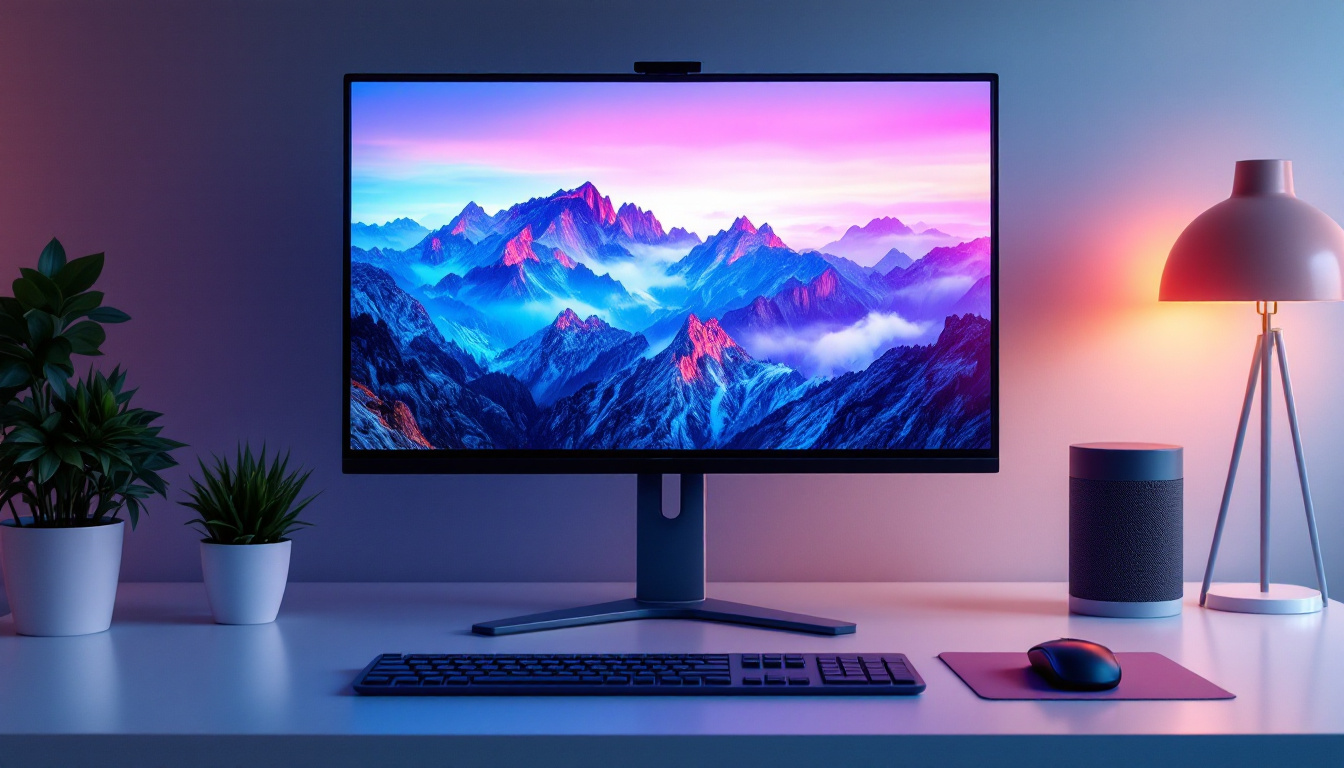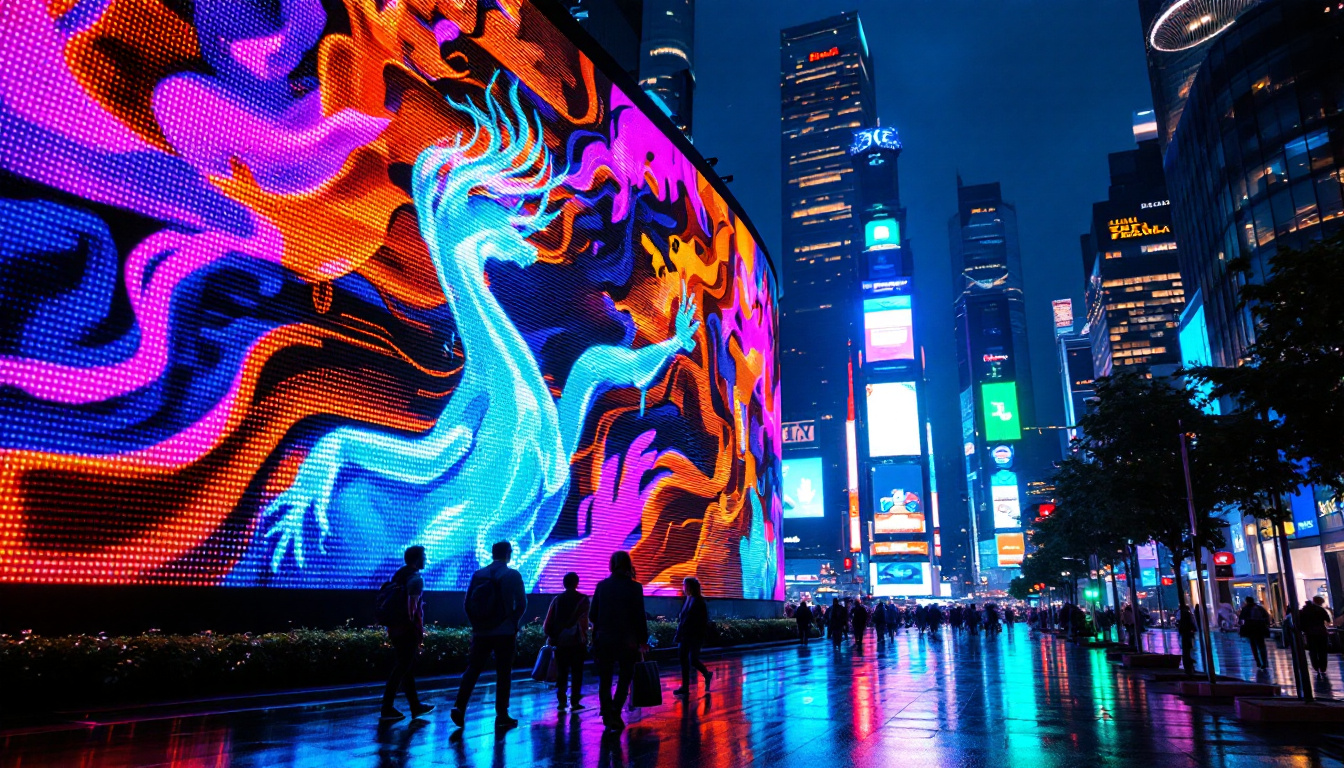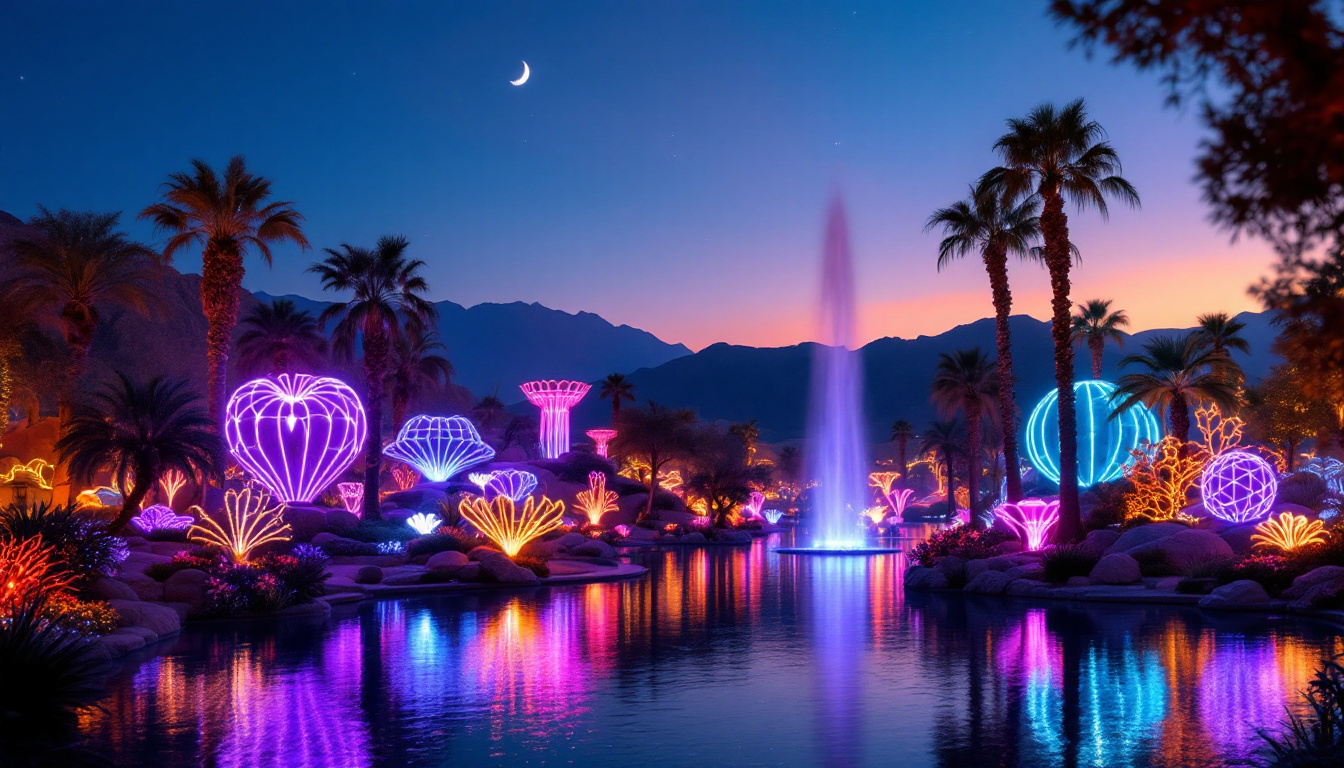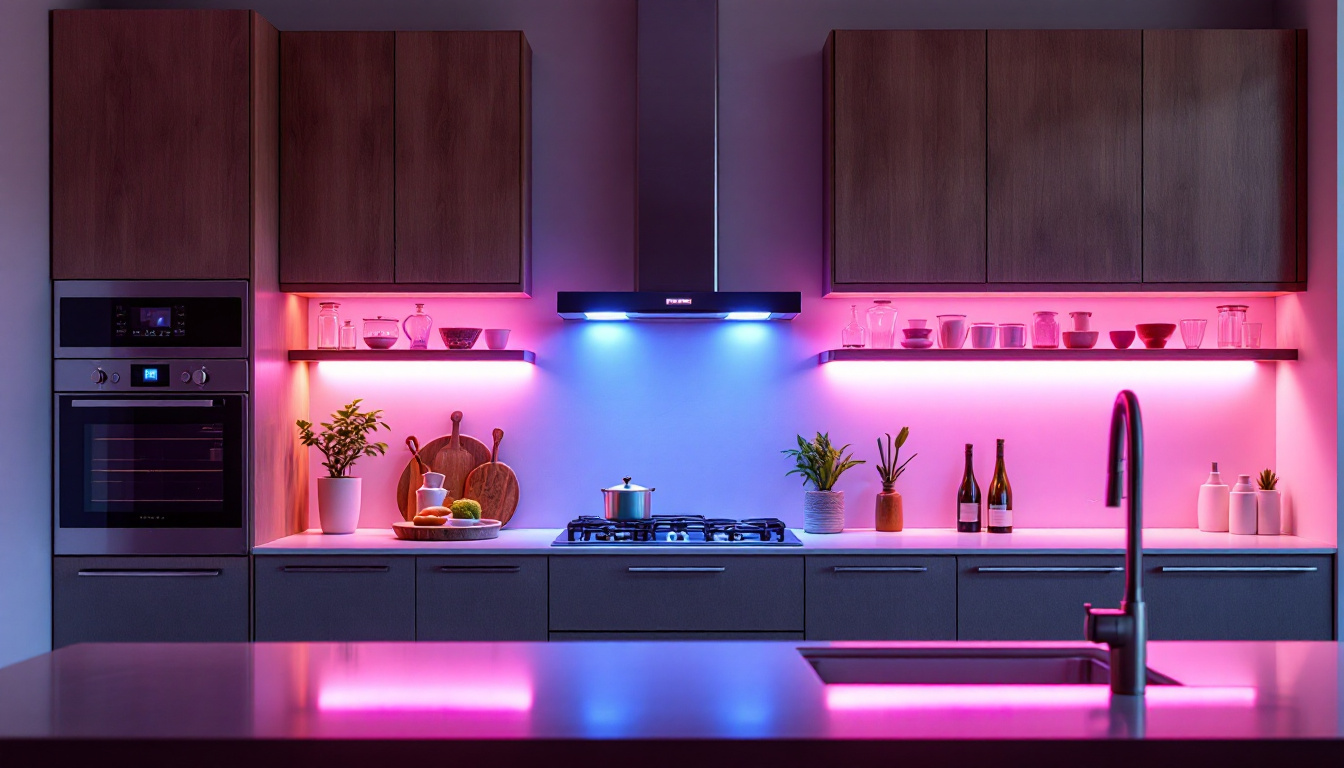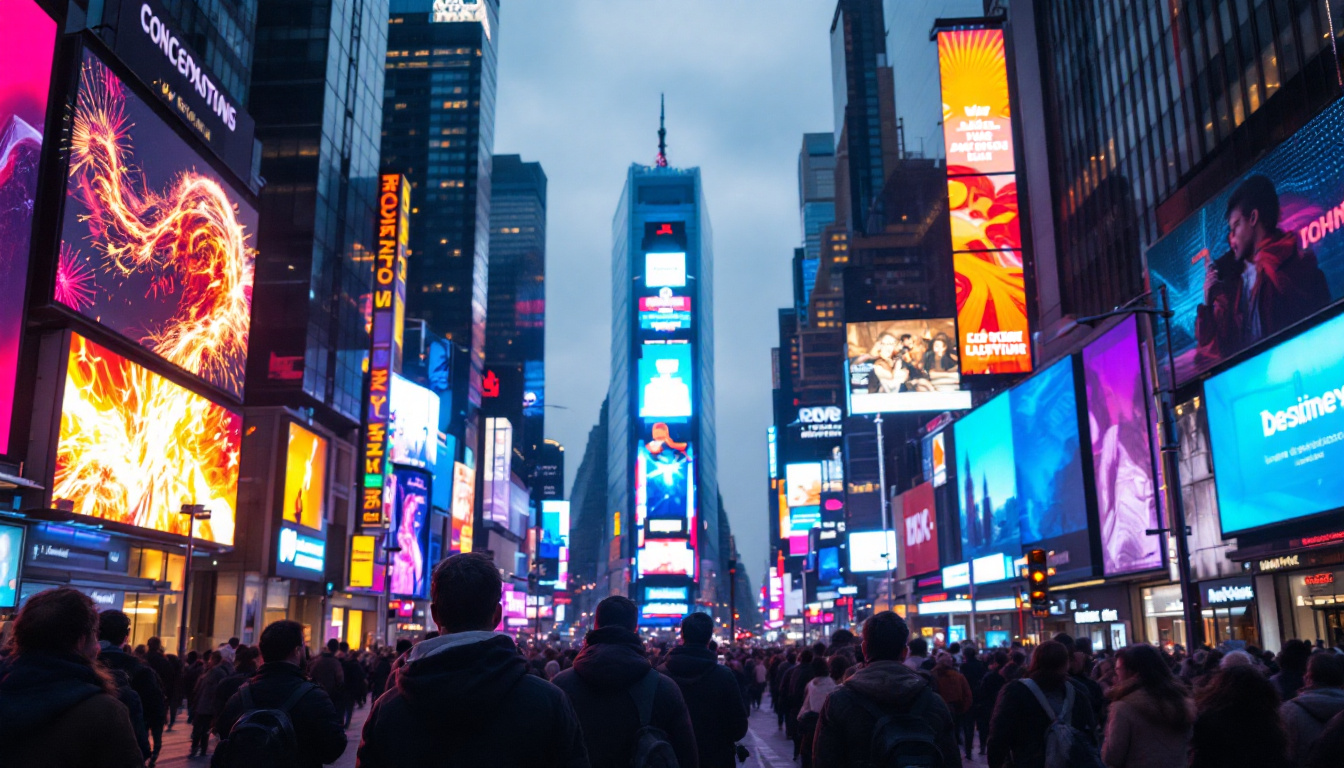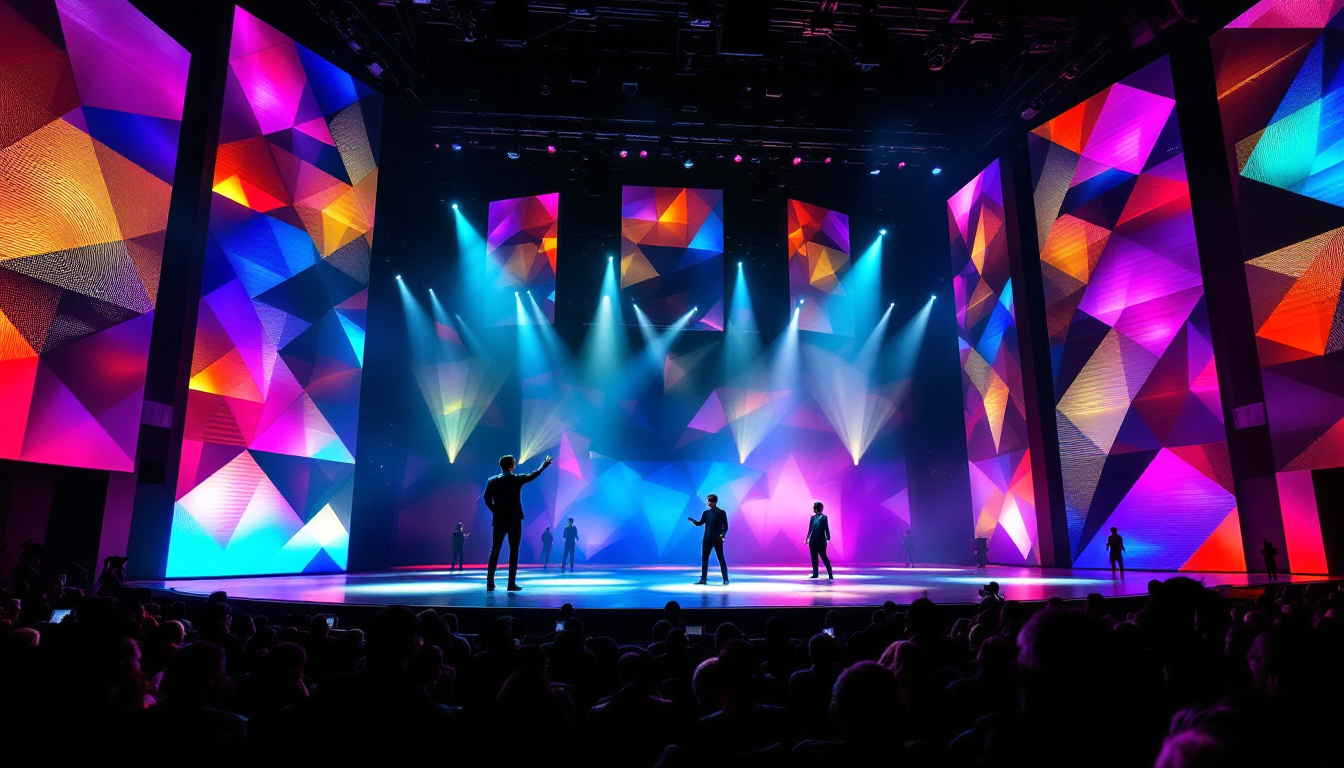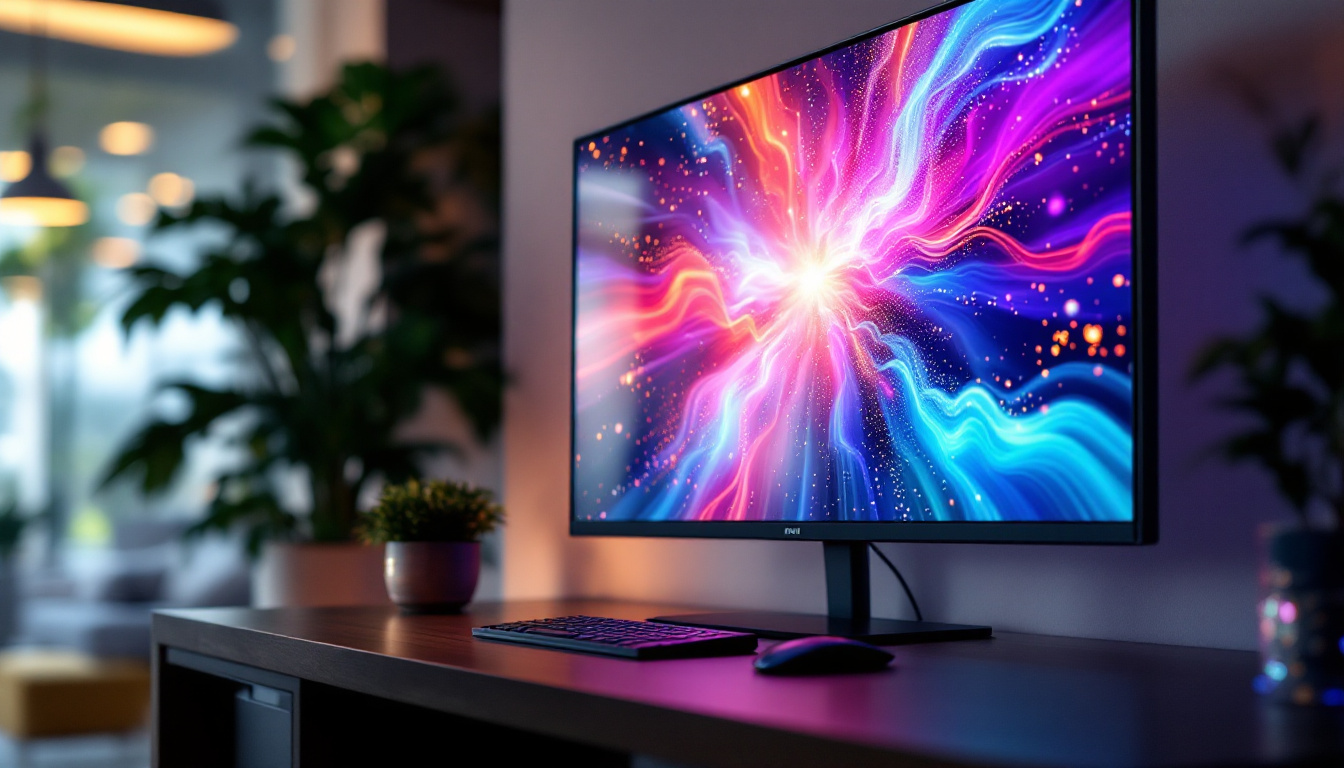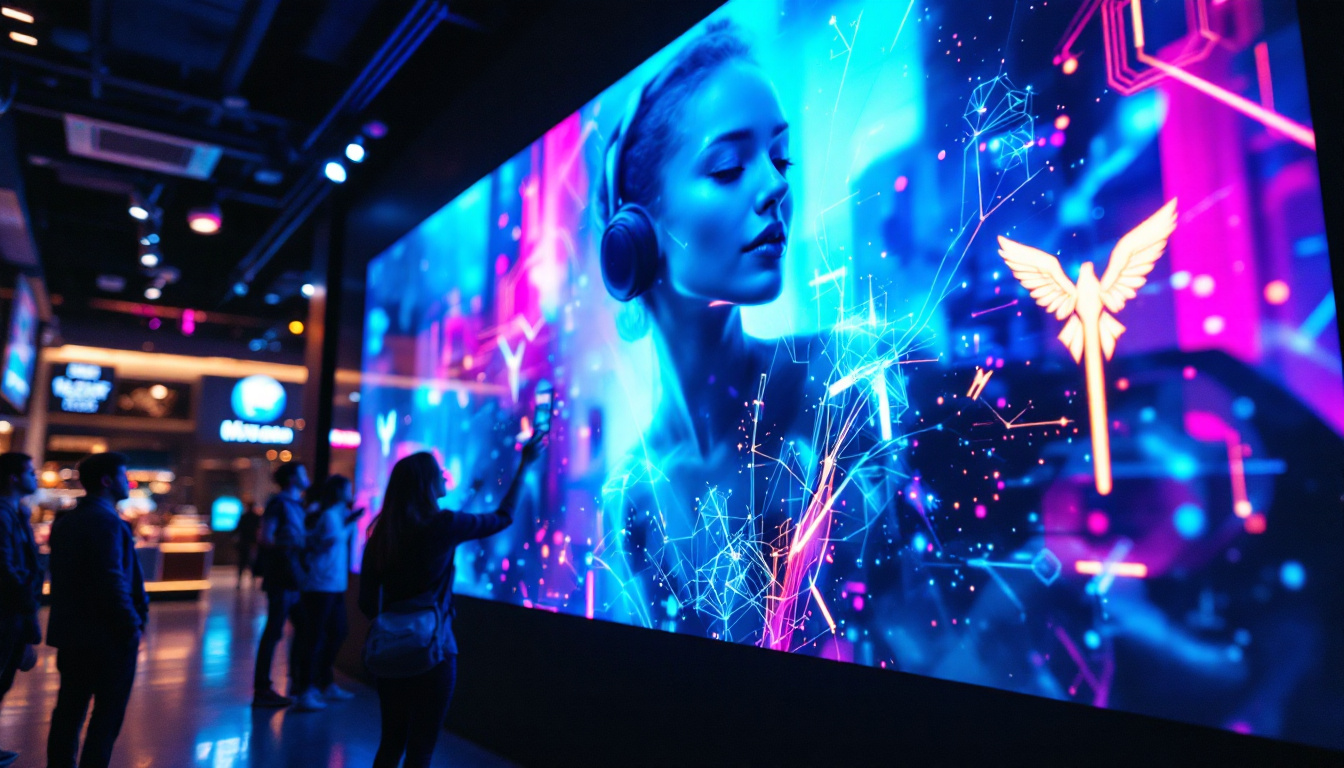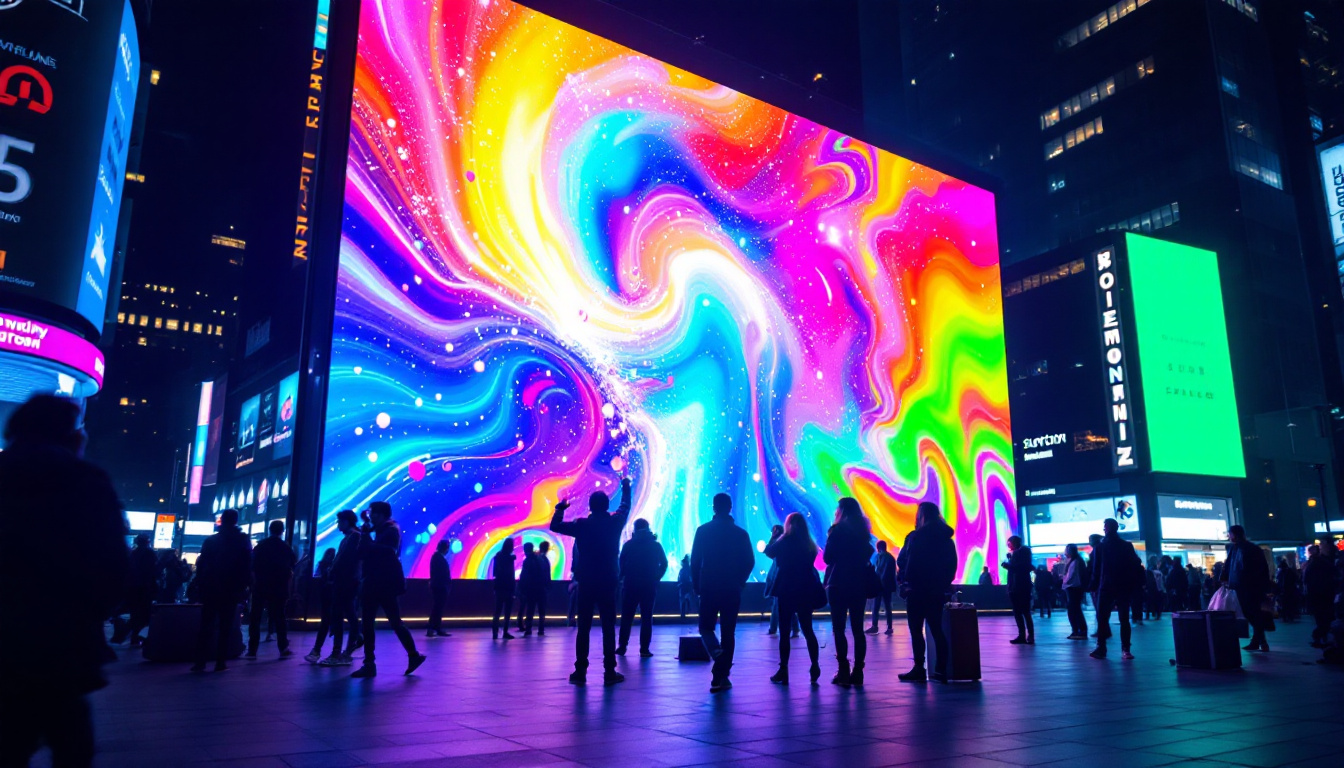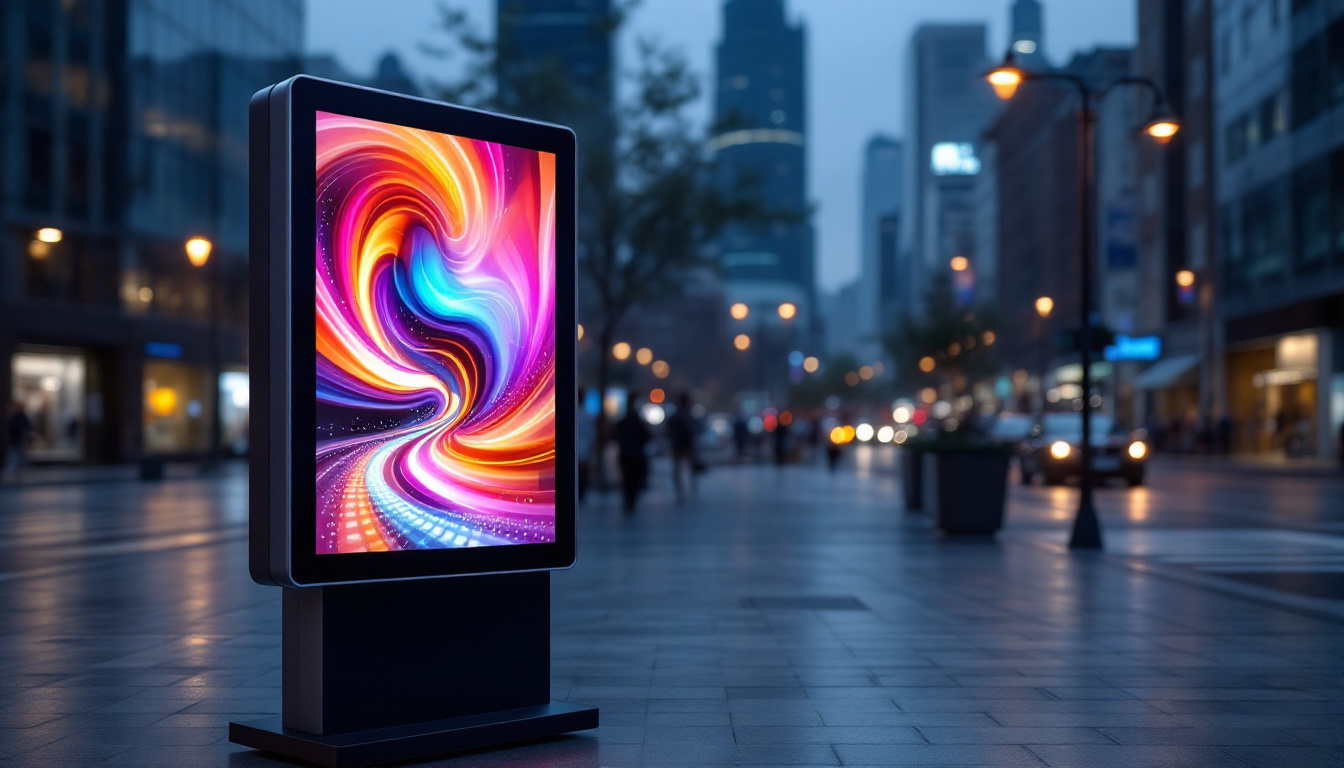In the ever-evolving world of technology, LED displays have emerged as a popular choice for various applications, ranging from events and exhibitions to advertising and entertainment. Their vibrant colors, high brightness, and versatility make them an ideal option for businesses and individuals looking to make a lasting impression. This article delves into the intricacies of LED displays, focusing on the advantages of renting them, their various types, and how to choose the right display for your needs.
Understanding LED Displays
LED, or Light Emitting Diode, displays utilize semiconductor technology to produce light. They are composed of numerous tiny diodes that emit light when an electric current passes through them. This technology has revolutionized the way visual content is presented, offering sharper images and more vivid colors compared to traditional display methods.
The Technology Behind LED Displays
The core technology of LED displays involves the arrangement of diodes in a grid format. These diodes can be configured in various ways, including RGB (Red, Green, Blue) combinations, to create a full spectrum of colors. The brightness and clarity of LED displays are significantly enhanced by their ability to emit light directly, as opposed to relying on backlighting like LCDs.
LED displays can be categorized into two main types: direct view and backlit. Direct view LED displays are designed for outdoor and large-scale applications, while backlit LED displays are commonly used in indoor settings. Each type has its unique advantages, making them suitable for different environments and purposes.
Benefits of LED Displays
One of the primary advantages of LED displays is their energy efficiency. Compared to traditional display technologies, LED displays consume less power, making them a cost-effective option for long-term use. Additionally, their longevity is noteworthy; LED displays can last for over 100,000 hours, significantly reducing the need for frequent replacements.
Another significant benefit is their adaptability. LED displays can be easily customized in terms of size, shape, and resolution, allowing for a tailored solution that meets specific requirements. This flexibility is particularly valuable for events where space and audience engagement are crucial.
Why Rent LED Displays?
Renting LED displays has become increasingly popular among businesses and event organizers. This approach offers several advantages that can enhance the overall experience and effectiveness of visual presentations.
Cost-Effectiveness
One of the most compelling reasons to rent LED displays is the cost savings. Purchasing high-quality LED displays can be a significant investment, particularly for businesses that may only need them for a short period. Renting allows organizations to access the latest technology without the burden of a hefty upfront cost.
Moreover, rental agreements often include maintenance and support services, ensuring that the display functions optimally throughout the rental period. This added value can save time and resources, allowing businesses to focus on their core activities.
Access to the Latest Technology
The technology behind LED displays is continually advancing. By renting, businesses can stay current with the latest innovations without the need to invest in new equipment regularly. Rental companies often update their inventory with the latest models, providing clients access to cutting-edge technology that enhances their presentations.
This access can be particularly beneficial for events where visual impact is paramount. Utilizing the latest LED displays ensures that content is presented in the best possible light, capturing the attention of audiences and creating memorable experiences.
Flexibility and Convenience
Renting LED displays offers unparalleled flexibility. Organizations can select the size and type of display that best suits their event or advertising campaign. Whether it’s a large outdoor screen for a festival or a smaller indoor display for a corporate event, rental options cater to diverse needs.
Additionally, rental services typically include delivery, setup, and takedown, making the process hassle-free. This convenience allows event organizers to concentrate on other critical aspects of their events, knowing that their display needs are in capable hands.
Types of LED Displays Available for Rent
The rental market for LED displays is diverse, catering to various applications and environments. Understanding the different types available can help businesses make informed decisions about their rental needs.
Indoor LED Displays
Indoor LED displays are designed for use in controlled environments such as conference rooms, theaters, and exhibitions. They typically feature a higher pixel density, resulting in sharper images and better color reproduction at close viewing distances. These displays are ideal for presentations, advertisements, and entertainment.
Common applications for indoor LED displays include trade shows, corporate events, and retail environments. Their ability to deliver high-quality visuals in a compact format makes them a popular choice for businesses looking to engage their audiences effectively.
Outdoor LED Displays
Outdoor LED displays are built to withstand various weather conditions, making them suitable for outdoor events, concerts, and advertising. These displays are generally larger and brighter than their indoor counterparts, ensuring visibility even in direct sunlight.
Outdoor displays often come with features such as waterproofing and enhanced durability, allowing them to perform reliably in challenging environments. Their vibrant colors and high contrast ratios make them effective for capturing attention in crowded spaces.
Mobile LED Displays
mobile LED displays are a versatile option for businesses that require flexibility. These displays are mounted on trailers or trucks, allowing them to be transported easily to different locations. They are ideal for outdoor events, parades, and festivals, where mobility is essential.
Mobile LED displays can be used for various purposes, including advertising, live event coverage, and public announcements. Their ability to reach diverse audiences in different locations makes them a valuable asset for promotional campaigns and community events.
Choosing the Right LED Display for Your Needs
Selecting the appropriate LED display for a specific application requires careful consideration of several factors. Understanding these factors can help ensure that the chosen display meets the intended goals effectively.
Determine the Purpose
The first step in choosing an LED display is to define its purpose. Is it for advertising, live event broadcasting, or informational displays? Understanding the primary goal will guide the selection process and help narrow down the options.
For instance, if the display is intended for advertising, a high-brightness outdoor LED display may be necessary to capture attention. Conversely, for a corporate presentation, an indoor display with high resolution might be more appropriate.
Consider the Location
The location where the LED display will be used plays a crucial role in the selection process. Factors such as ambient light, viewing distance, and audience size must be taken into account. Outdoor displays require higher brightness levels to combat sunlight, while indoor displays can focus on resolution and pixel density.
Additionally, the space available for installation should be evaluated. Understanding the dimensions and layout of the venue will help determine the appropriate size and configuration of the display.
Evaluate Rental Options
When renting an LED display, it is essential to evaluate the rental options available. Different rental companies may offer varying types of displays, pricing structures, and support services. Researching and comparing these options can help identify the best fit for specific needs.
It is also advisable to check the rental company’s reputation and customer reviews. A reliable rental service will provide quality equipment, timely delivery, and excellent support throughout the rental period, ensuring a smooth experience.
Best Practices for Using LED Displays
Once an LED display has been selected and rented, implementing best practices can enhance its effectiveness and ensure a successful presentation or event.
Content Optimization
High-quality content is crucial for maximizing the impact of an LED display. Images and videos should be optimized for the display’s resolution to ensure clarity and vibrancy. Poor-quality content can detract from the overall experience and fail to engage the audience.
Additionally, using bold and legible fonts for text ensures that messages are easily readable from a distance. Keeping content concise and to the point will help maintain audience attention and convey information effectively.
Engagement Strategies
To make the most of an LED display, incorporating engagement strategies can enhance audience interaction. This may include live polls, social media integration, or interactive content that encourages audience participation.
Engagement not only captivates the audience but also creates a memorable experience. Utilizing the display to foster interaction can lead to increased brand awareness and a stronger connection with the audience.
Regular Maintenance and Testing
Before the event, conducting regular maintenance and testing of the LED display is essential. Ensuring that all components are functioning correctly will prevent technical issues during the presentation. Testing the display’s brightness, color accuracy, and connectivity will help identify any potential problems in advance.
Additionally, having a technical support team on standby during the event can provide peace of mind. This ensures that any unforeseen issues can be addressed promptly, allowing the event to proceed smoothly.
Conclusion
LED displays have transformed the way visual content is presented, offering vibrant colors, high brightness, and versatility for various applications. Renting LED displays provides businesses and event organizers with cost-effective access to the latest technology, flexibility, and convenience.
By understanding the different types of LED displays available, evaluating rental options, and implementing best practices, organizations can maximize their impact and engage their audiences effectively. Whether for advertising, events, or presentations, LED displays are an invaluable tool in today’s visual landscape.
As technology continues to evolve, the potential for LED displays will only grow, making them an essential component of modern communication strategies. Embracing this technology can lead to enhanced visibility, engagement, and ultimately, success.
Discover LumenMatrix LED Display Solutions
Ready to elevate your visual presentations and captivate your audience with the latest in LED technology? Look no further than LumenMatrix, a pioneer in crafting immersive LED display experiences. From vibrant Indoor LED Walls to dynamic Outdoor Displays, and from mobile Vehicle LED Displays to innovative Custom Solutions, LumenMatrix offers a comprehensive range of products designed to revolutionize your visual communication. Don’t miss the opportunity to transform your events, advertisements, or presentations. Check out LumenMatrix LED Display Solutions today and witness the power of advanced LED technology at work.

